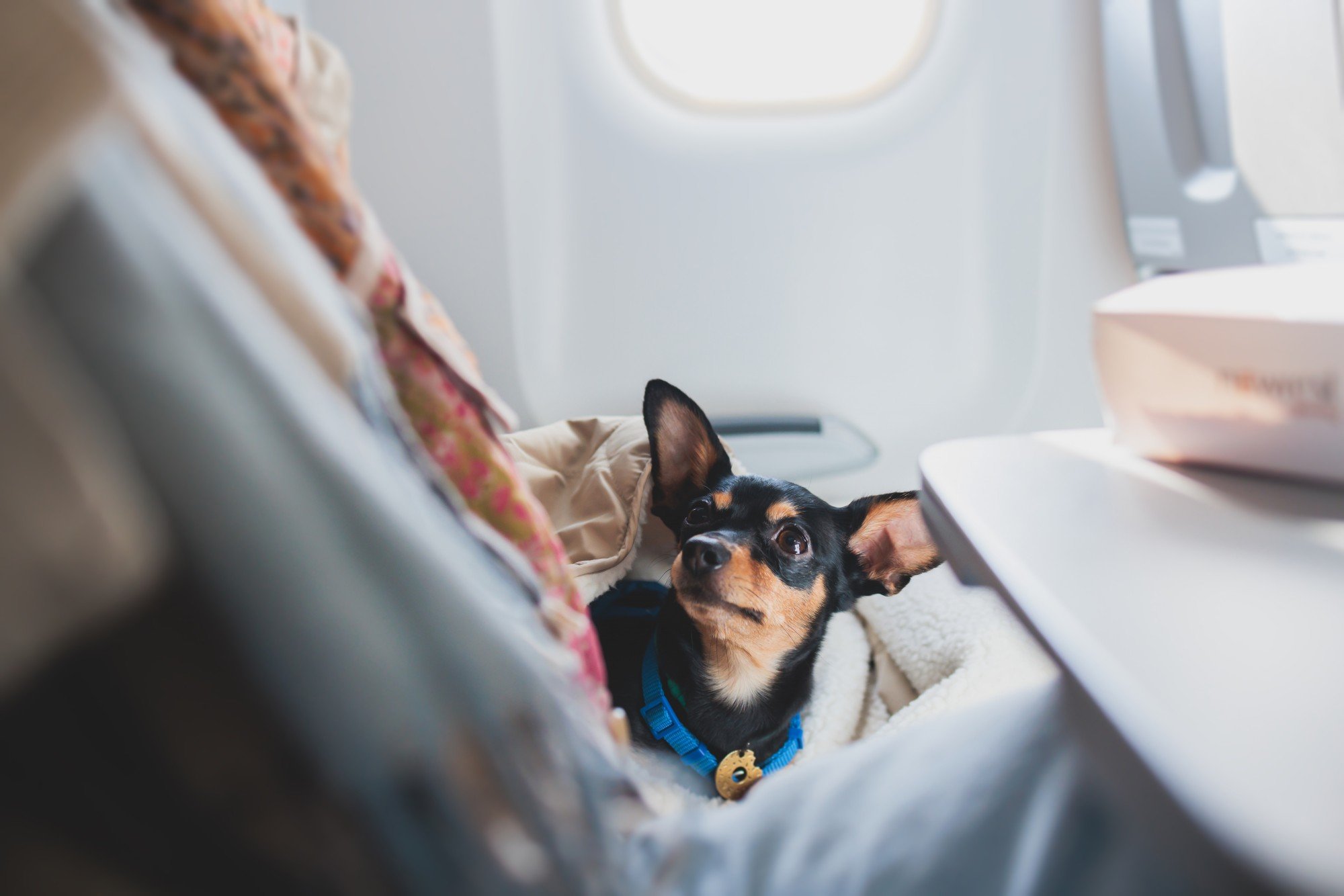Japan airlines refuse to allow pets in cabin despite animals’ fiery deaths in Tokyo crash
[ad_1]
JAL and All Nippon Airways (ANA) have been under pressure to rethink their policies that require animals to travel in secure containers in the hold of aircraft, with pet-lovers pointing out that other international airlines permit animals to travel with their owners in the cabin.
Fukuoka-based Star Flyer also started permitting passengers to bring small dogs and cats aboard all domestic flights on January 15, in an effort to appeal to more travellers. According to the company’s website, passengers are permitted to have one pet with them in the cabin, with a maximum of two animals on any flight.

Star Flyer’s rules require that a pet remain in a crate and be assigned a seat alongside its owner in the rearmost seat rows. It charges 50,000 yen (US$340) for a seat occupied by a pet.
Although JAL and ANA both previously permitted animals to travel in their cabins, the airlines said they discontinued those policies in large part due to customer feedback.
“Passengers were in the past allowed to take their pets into the cabin, but we received many negative comments from other passengers about allergic reactions, while others complained about the smell and excessive noise and barking,” said JAL spokeswoman Saiko Kuwasaki.
Did human error cause deadly Tokyo plane crash? Japan investigates
Did human error cause deadly Tokyo plane crash? Japan investigates
“We considered the situation very carefully, but it was finally decided that pets on all JAL flights must now travel in the cargo hold.”
ANA operates a similar policy, said spokeswoman Anna Mukai. “For both domestic and international flights, the transportation of pets can only be accepted in the cargo hold,” she said.
“This is out of consideration for customers with allergies, and at the moment, we are not discussing changes to this policy as a result of the collision earlier this month,” Mukai said, adding that changes to the seat configurations on many aircraft have also made it more difficult for their aircraft to accommodate pet crates.
Yoshitomo Aoki, a journalist who covers Japan’s aviation industry, said safety was another major consideration for airlines – even more so since the accident earlier this month at Haneda, where a JAL jet with 379 passengers and crew collided with a coastguard plane on the runway, killing five of the six personnel aboard the smaller aircraft.
Pets on aircraft have caused problems in the past because many passengers do not like the noise or smell
“Pets on aircraft have caused problems in the past because many passengers do not like the noise or smell,” he said. “Another problem is over what pets the airlines would consider having in the cabin. Some people have small cats or dogs, but what happens when someone wants to bring their pet snake aboard? Or a lizard? These people could complain that their pets are being treated unfairly.”
Permitting passengers to have their pets in the cabin could also threaten the swift evacuation of an aircraft in the event of an accident, Aoki said, noting that the JAL crew members had been praised for efficiently helping passengers escape before the jet burst into flames at Haneda.
‘I thought we wouldn’t survive’: how 367 fliers were saved from Japan jet blaze
‘I thought we wouldn’t survive’: how 367 fliers were saved from Japan jet blaze
“Pets inside a container are considered to be baggage, and it is forbidden for a passenger to attempt to leave an aircraft that has been involved in an accident with any baggage,” he said. “That means if someone has to leave the aircraft, they cannot take their pet with them.”
“I do not think most pet owners would follow that rule, so there is a serious risk associated with allowing animals on planes.”
[ad_2]
Source link

